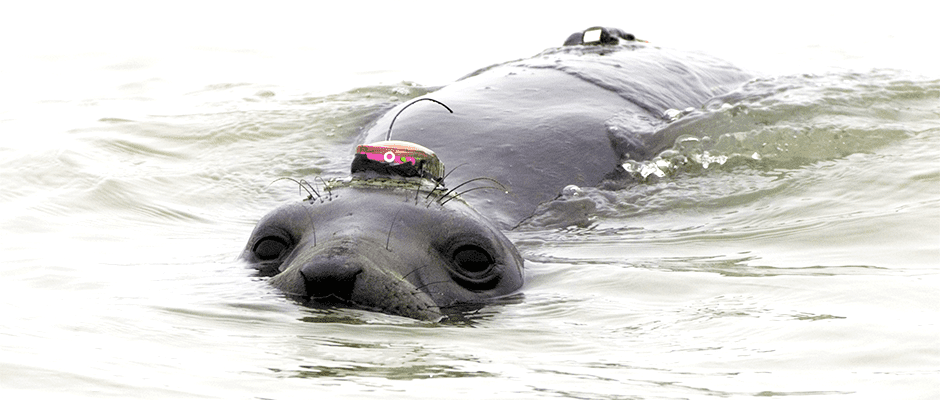Share this article
Seal ‘symphony’ unravels mysteries of seal migration
What’s musical composition got to do with wildlife biology? Scientists suggest it can provide an insightful approach to following the movement and behavior of large groups of elephant seals and other species over vast regions.
“We were interested in better understanding the collective movement of animals in the ocean,” said Carlos Duarte, first author on the study published in Frontiers in Marine Science. “Our brain is wired for the appreciation of music and pattern in sound. We can listen to symphonies that last for hours and enjoy them. That drove us to turning the movement of animals into sound.”
A marine science professor at King Abdullah University of Science and Technology in Saudi Arabia, Duarte and his fellow researchers transformed tracking data obtained between 2004 and 2014 from 321 northern elephant seals (Mirounga angustirostris). These mammals can each swim 15,000 kilometers across millions of square kilometers in the northeastern Pacific Ocean. The scientists initially tried to convey this movement with video but switched to sound — which had been applied to the movement of inanimate objects before — when they discovered the visual format didn’t show group dynamics well.
“Our eyes don’t have the capacity to simultaneously track many moving objects, so we couldn’t grasp the collective movement of the animals through videos,” Duarte said. “It is easier to embed multidimensional data in sound. You can process sound in background mode, whereas to process information through your eyes, you need to be staring at a video for hours, and your concentration will decline.”
His team represented every seal with a note on the cello. They used volume to capture how far apart the seals were from one another — which can be up to 2,000 kilometers — so the music would get fainter as the herd spread out. They also signified the mammals’ distances from their rookery in California through pitch, which would climb as they migrated farther from the colony over their eight-month journey. (Listen to it here.)
“We were able to summarize several million positions in a composition shorter than one hour,” Duarte said. “It’s beautiful to listen to. It was melodic and had rhythm and drama, so something was happening in the way the animals were moving.”
The symphony revealed synchrony across the herd, he said.
“The sound reflected that the movement of the animals was highly coordinated, which was not suspected before,” Duarte said. “The composition spoke of a crescendo when animals get together to return to the colony, so they were able to tightly coordinate their movement. It suggests there was leadership in how the movement was coordinated, so the animals are probably exchanging vocal clues.”
Although such communication hasn’t been previously documented, he said, biologists have found indications that elephant seals possess a great ability to detect sound underwater and tell apart individual voices.
Duarte believes the sonification technique could help illuminate harmony in the movement of other sound-sensitive broad-ranging species, including terrestrial ones like the African bush elephant (Loxodonta africana). He and his colleagues are now creating symphonies with other datasets and drafting their validated hypotheses on elephant seal behavior.
“We are amazed,” Duarte said. “People working with these animals for years never suspected the insights we are deriving. It is worth it to go into experimenting with new ways of understanding data and how animals use spaces like whole ocean basins.”
Header Image: An elephant seal bearing a GPS and satellite tag departs from its rookery in California’s Año Nuevo State Park. ©Daniel Costa








